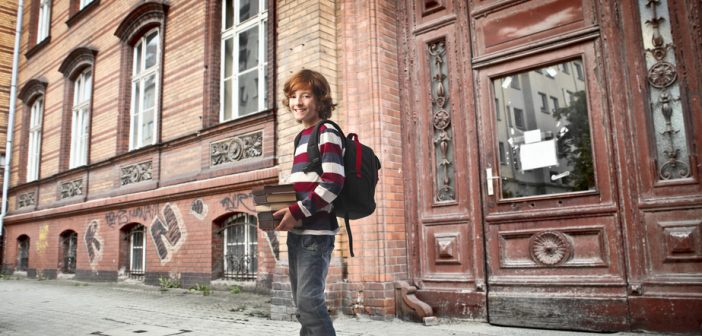“When parents take the time to get children ready for the changes and are positive, their children settle quickly.”
Changing schools is a big deal and can be fraught with anxiety for some kids and their parents, but it can also be a great opportunity for kids to build resilience and learn how to respond to new situations and challenges.
There are two main parts to the changing schools process for you and your children. The first part is leaving their existing school, and the second part is starting at the new school.
Leaving Their Existing School:
- Give the school and the teacher as much notice as possible so their student file and work samples can be up dated. These will be transferred from the old school to the new when you child leaves.
- Mark the occasion. Organise some closure, your child’s teacher is very busy, so don’t expect them to have it all covered. You may be able to send in a going away cake to share with the rest of the class, a present for the teacher, if they are in the older grades they can take an old school shirt in for all the kids to sign (with the teachers permission).
- If possible change schools at the end of the school year, or term, if it can’t be the end of the year. End of year or end of semester means their report cards and testing will not be interrupted and it’s a more natural time to make a shift. In one way they are already saying goodbye to the others kids over the holidays anyway.
Starting at the new school:
- Involve them in the process of choosing a school if that needs to happen. Give them a say and take them with you when making enquiries.
- As mentioned above if possible start a new school at the beginning of a new year, new semester or new term. Both the teacher and the other students are coming in fresh and they are all beginning new units of work.
- At the meeting with the Principal, show them your child’s portfolio of work. Discuss with the Principal your child’s strengths and areas needing development, interests, personality, placement and additional needs, if applicable. Be honest with the principal about any problems your child has been having and what may help them.
- Take them for a tour of the school: When relocating or starting a new school you will often go to the school for an interview with the Principal or Deputy and they will take you for a tour. If you want to explore further, including the library and location of toilets, tuckshop etc, after school might be a better idea as there are less people around. Also make sure you get the schools permission.
- Go up and see their new teacher before the first day. Introduce yourself and see if the teacher needs them to bring anything out of the ordinary compared to the usual school book and resources list. Also ask the new teacher the best way to communicate with them and tell them the best way to communicate with you.
- After a couple of weeks, check with the teacher about how your child is settling in.
- For yourself, try and meet new parents by being there for drop offs and pick-ups, volunteering in the class, or just getting involved in school activities.
Concerns, Anxiety and Making New Friends:
- Remind your child about other firsts they have had in their life eg sporting teams, scouts, meeting new friends on holidays etc and talk about how those situations turned out.
- Brainstorm with them what they can do to fit in and make new friends.
- Encourage them to join choir, sports teams or any other lunchtime activities. (Some schools go out of their way to organise different clubs and activities at lunchtimes to keep their students constructively occupied).
Starting a new school doesn’t have to be stressful, it can turn out to be a great learning experience and period of growth for you and your children as you approach it positively and together.

